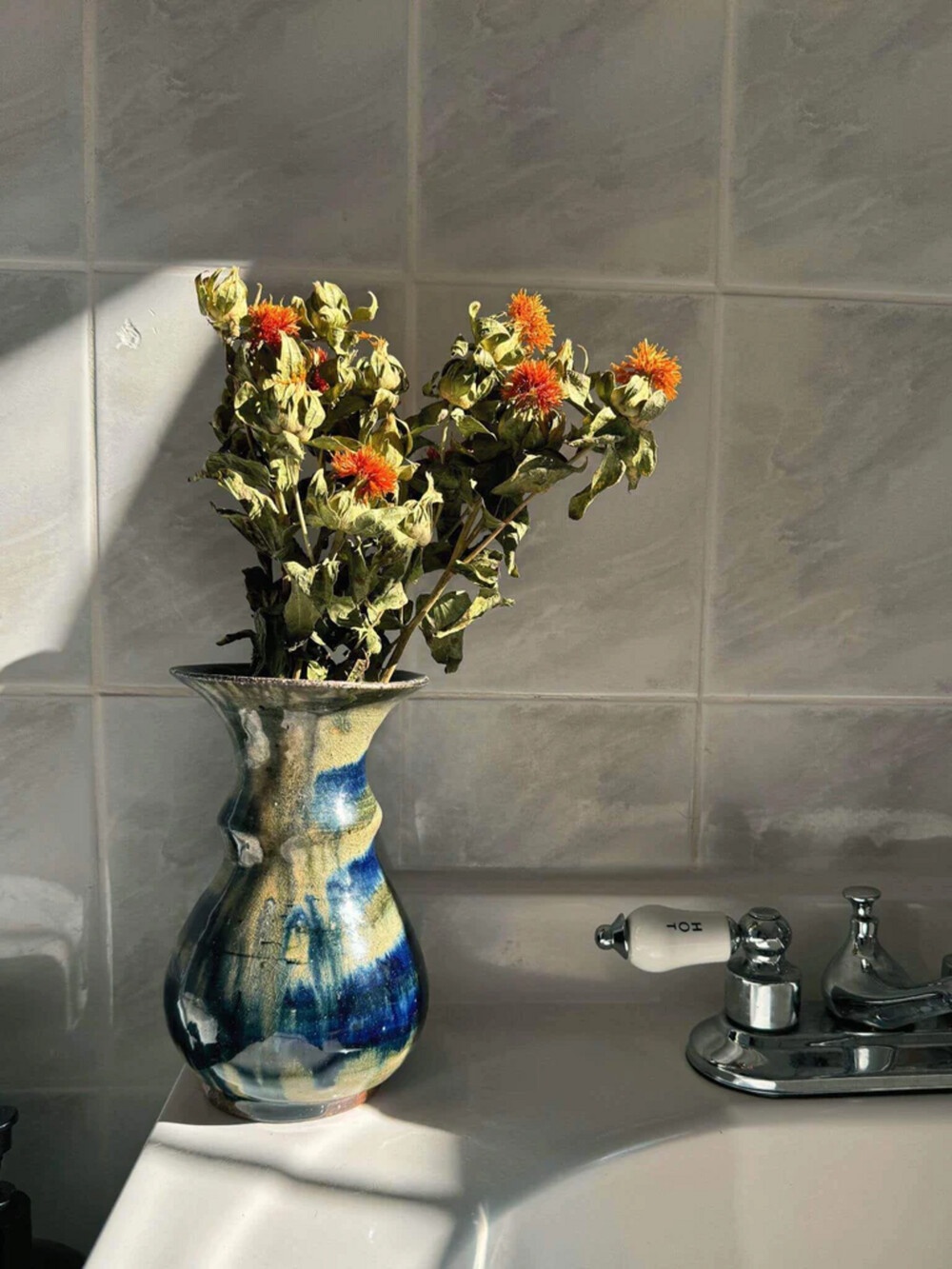In the heart of Rwanda, nestled amidst lush landscapes and vibrant communities, lies the age-old tradition of Gatagara pottery. This ancient craft passed down through generations, embodies the rich cultural heritage of the region and serves as a testament to the skill and creativity of Rwandan artisans. Join us on a journey as we explore the intricate process of transforming clay into exquisite works of art.
Gatagara pottery holds a special place in Rwandan culture, revered for its beauty, functionality, and cultural significance. The process begins with the careful selection of raw materials, typically sourced from local clay deposits. Artisans meticulously collect and prepare the clay, ensuring its purity and consistency before shaping it into various forms.
The shaping of the clay is where the magic truly begins. Using traditional techniques passed down through centuries, skilled artisans mold the clay into intricate designs, drawing inspiration from nature, Rwandan folklore, and daily life. Whether crafting vases, bowls, or decorative pieces, each creation bears the unique imprint of its maker, reflecting its artistic vision and cultural identity.
Once shaped, the pottery undergoes a meticulous drying process, allowing the clay to firm up and stabilize. This phase requires patience and precision, as artisans must ensure that the pottery dries evenly to prevent cracking or warping. In some cases, the pottery may be left to air dry naturally, while in others, it may be placed in a kiln to accelerate the drying process.
After drying, the pottery is ready for firing, a critical step that imparts strength, durability, and color to the finished pieces. Traditionally, firing is done in wood-fired kilns, where the pottery is subjected to intense heat, causing chemical reactions that transform the clay into ceramic. The firing process imbues the pottery with its distinctive earthy tones, ranging from warm terracotta to rich browns and blacks.
Once fired, the pottery is ready for the final touches. Artisans may apply decorative motifs, carvings, or glazes to enhance the beauty of the pieces. Each stroke of the brush or chisel is imbued with care and intention, adding depth and character to the finished work. Whether adorned with intricate patterns or left unadorned, Gatagara pottery exudes a timeless elegance that captivates the eye and soul.
The finished pieces of Gatagara pottery are more than mere objects; they are symbols of Rwandan culture, resilience, and creativity. From functional vessels used in daily life to decorative pieces displayed in homes and galleries worldwide, Gatagara pottery transcends borders and generations, connecting people across time and space.
In addition to its cultural significance, Gatagara pottery also plays a vital role in supporting livelihoods and empowering communities. Through organizations like Indego Africa, artisans receive training, resources, and market access to showcase their craft on a global scale. By purchasing Gatagara pottery and other handcrafted treasures such as Rwanda baskets and Africa coasters, consumers not only acquire beautiful and unique pieces but also contribute to sustainable economic development and poverty alleviation in Rwanda and beyond.
In conclusion, the journey from clay to craft is a testament to the ingenuity, skill, and passion of Rwandan artisans. Gatagara pottery embodies the essence of Rwandan culture, weaving together tradition, artistry, and community in every piece. As we celebrate the beauty and craftsmanship of Gatagara pottery, let us also recognize its power to transform lives and uplift communities, one creation at a time.


No comments yet